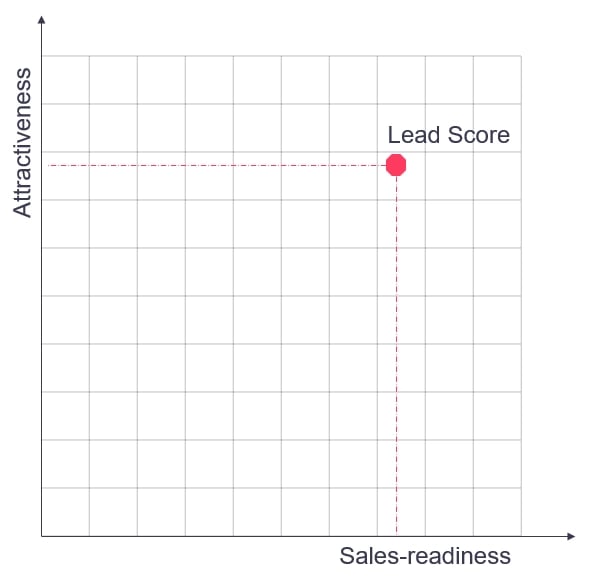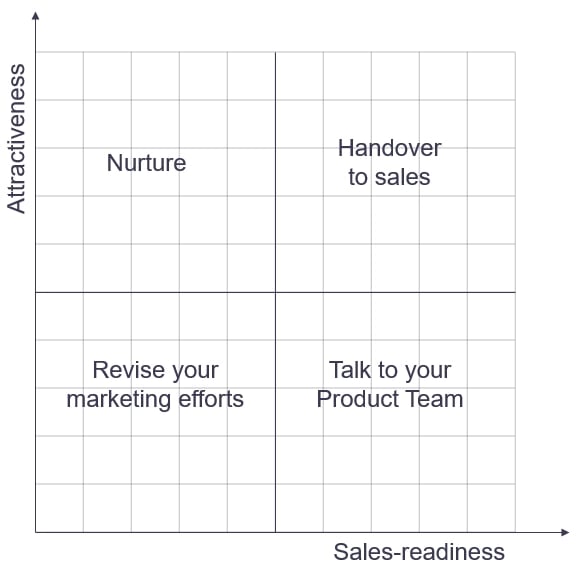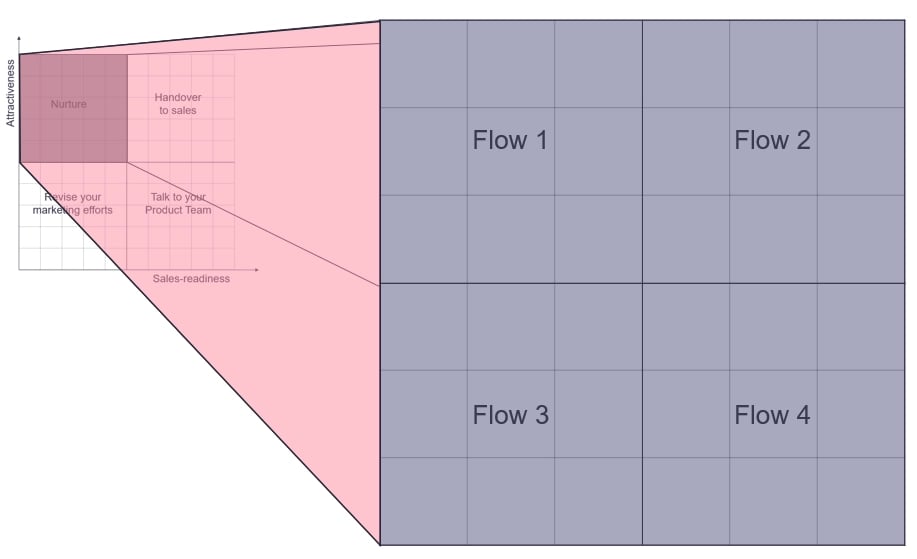Definitive guide to Lead Scoring. Part 1: Where to start

Since most of our customers are B2B start-ups in a growth stage, they often come to us at a certain point asking about implementing lead scoring. This series of articles hopefully sheds light on how to implement the lead scoring function in the company. It might also help companies with lead scoring implemented but are not satisfied with it or think they need to reshape it.
Before implementing the process, you need to define a list of essential pieces for a successful lead scoring process, and answer a few basic questions:- Why you want lead scoring implemented?
- Do you have your ICP, customer tiers, and buyer personas defined?
- Do your marketing and sales processes capture enough data, which you will use as parameters for lead scoring?
- How specific are your sales targets?
It is not a complete list, but that will do for a start. I will write a series of blog posts, each covering one of these questions. The first one touches first question and gives you my version of Lead Scoring principles 101.
Lead Scoring: why you want it implemented?
When we at LisLex get requests for implementing this process, my first question would be: why do you need it? And, funny but true, I frequently do not get a response that sounds satisfactory. Depending on the company's maturity of marketing processes, it might be even "I've heard everyone does this" or "the platform we use has the lead scoring feature, so let us use it."
Sometimes this is the answer derived from knowledge bases of automation platforms like HubSpot, Marketo, or others. It would be something like "we want to assign values to leads to determine their sales-readiness" or "we want to prioritize leads to respond to them effectively." Such answers are better but still not complete if used those answers separately. In my opinion, this is not defining the full potential of what this process could bring you in terms of business value. So, if speaking about B2B, I would define lead scoring as follows:
"Lead scoring is a process in the organization, which based on behavioral, demographics and firmographics parameters places leads in a two-dimensional matrix: one axis defining their sales-readiness, and second axis showing their attractiveness for your organization."

Still, the question remains: why would someone want to place leads on such a matrix? And not answering this question is the most common pitfall I have seen in the companies who approached lead scoring. Of course, you want to understand the best next step with such leads, given their current position on the matrix. Marketing, in general, is all about understanding the best next possible effort to increase the probability of moving leads through the funnel 😊
The important thing here is to understand what you want to take as an action when a lead achieves a specific score. Your scoring methodology might be as sophisticated as you need it to be, but as a rule, I recommend customers to look at this quadrant to understand possible scenarios.

High attractiveness, High sales-readiness. It's easy – handover the lead to your sales team and let them close the deal!
High attractiveness, Low sales-readiness. Nurture these leads. Focus your marketing efforts on making them sales-ready - this is your marketing priority.
Low attractiveness, High sales-readiness. The leads from this category are ready to buy. Still, they do not fall under the Ideal Customer Profile of your company, meaning that these leads will either not bring the company desired revenue or cause another issue if closed-won. If a majority of your leads are in this category, you can do one of two things. First would be talking to your product team to understand why the product you market attracts the leads far from your ICP, revise your marketing efforts – probably you are doing something wrong.
Low attractiveness, Low sales-readiness. These guys are neither your ideal customer nor ready to buy. Ask yourself what you are doing wrong if you have many leads of this kind. And as a second option, talk to your product team – probably the problem lies in product features. You do not have to panic, though, if you have such leads, and their amount is not substantial, or if such leads are relatively new. They might move through the quadrants with time.
The specific actions you may want to take considerably vary depending on your business situation: segments you serve, products you sell, tools you have at hand, and evenr more. Actually, real life example will be looking more sophisticated, and will contain multiple flows inside each of quadrants:

The next question you might ask yourself is how do I define sales readiness and level of attractiveness? And that topic is covered in the next post of the series. But if you feel you need to talk to us, please click the button below